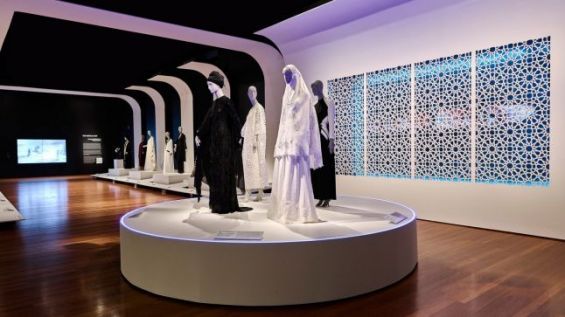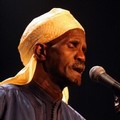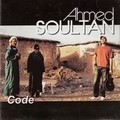«Fashion is at its best when it both adapts to the needs of society and reflects its social and political undercurrents», said Jill D’Alessandro the Curator in Charge of Costume and Textile Arts at the Fine Arts Museums of San Francisco after the De Young Museum opened an exhibition on Muslim fashion, September the 22nd.
More than 50 designers exposed their collections, including Dior and Nike Hijab to highlight diversity and «modesty». The exhibition entitled «Contemporary Muslim Fashions presents 80 examples of women's garments and ensembles that span from haute couture to streetwear and sports apparel», wrote the Dezeen.
The objective of this initiative is to turn down stereotypes about the «widespread demographic», Muslim women, and embrace the importance of fashion in everyone’s daily life.
«There are those who believe that there is no fashion at all among Muslim women, but the opposite is true, with modern, vibrant, and extraordinary fashion scenes, particularly in many Muslim-majority countries», Max Hollein, former FAMSF director and CEO, told the same source.
«This exhibition stands out in our long history of outstanding fashion exhibitions and will shed light onto larger political, social, and cultural understandings and misunderstandings».
A growing industry
The «modest» fashion market, in fact, brings a lot of money, and is expected to further grow in the upcoming years. According to Thomson Reuters’ Islamic Economy report, by 2019 the market will generate $484 billion. In 2013, the global Muslim community spent $266 billion on clothing and footwear.
Now even big and luxurious brands and fashion houses are eying the Muslim clothing industry. Italy’s Dolce & Gabbana was one of the first fashion houses to consider designing Muslim inspired garments. «22% of the world’s population is Muslim and their preferences and style are often neglected by most of the European fashion houses and ready-to-wear companies», said Dolce & Gabbana in a communiqué.
The Muslim population is indeed a «new target for luxury brands that are currently stagnating and are lacking growth drivers. The market is shrinking and is very competitive», said Frédéric Godart, a sociologist and researcher.





 chargement...
chargement...













